150 pages of censored evidence we can’t show you
The inquest investigating the disappearance of three-year-old William Tyrrell has revealed over 150 pages of evidence has been “censored”.
EXCLUSIVE
The inquest investigating the disappearance of three-year-old William Tyrrell has censored over 150 pages of evidence from the lead detective, leaving only scattered clues of how police believe they could crack the case.
The blacked-out sections include almost all of Detective Chief Inspector David Laidlaw’s statement, news.com.au’s podcast Witness: William Tyrrell can reveal.
This was done because these sections contain “opinions” not “proper fact-finding”, according to the senior lawyer assisting the inquest.
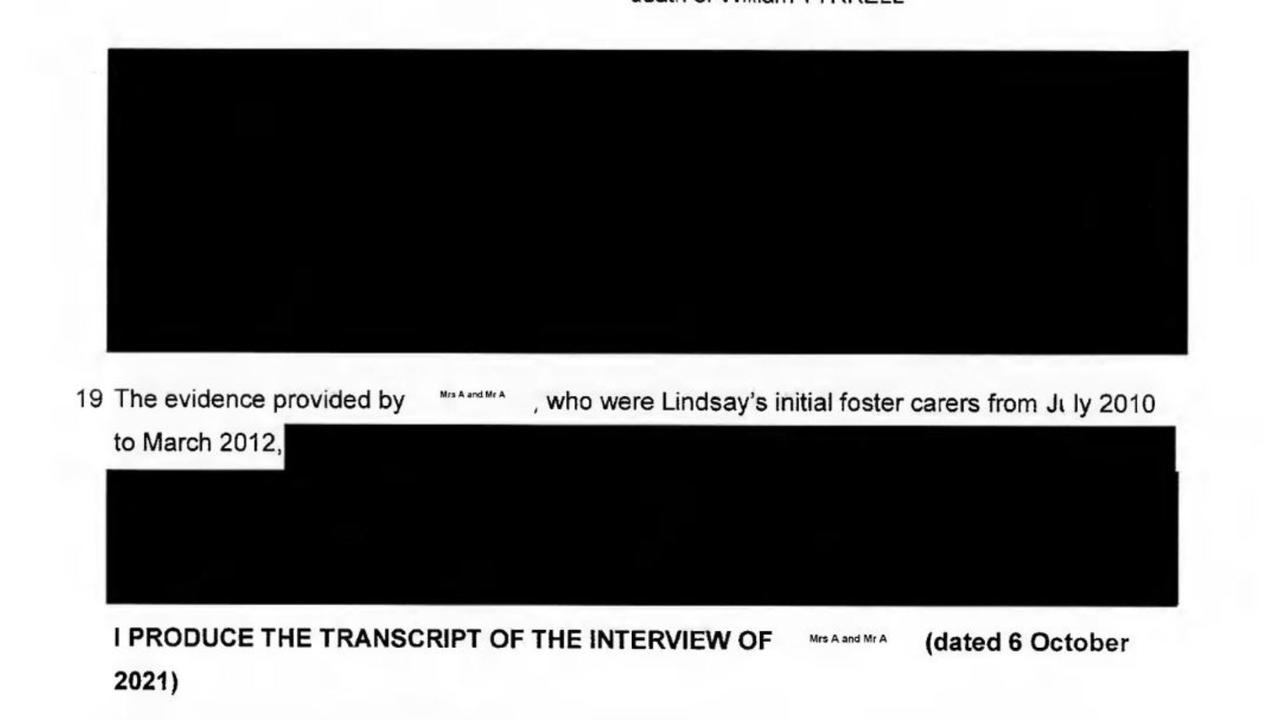
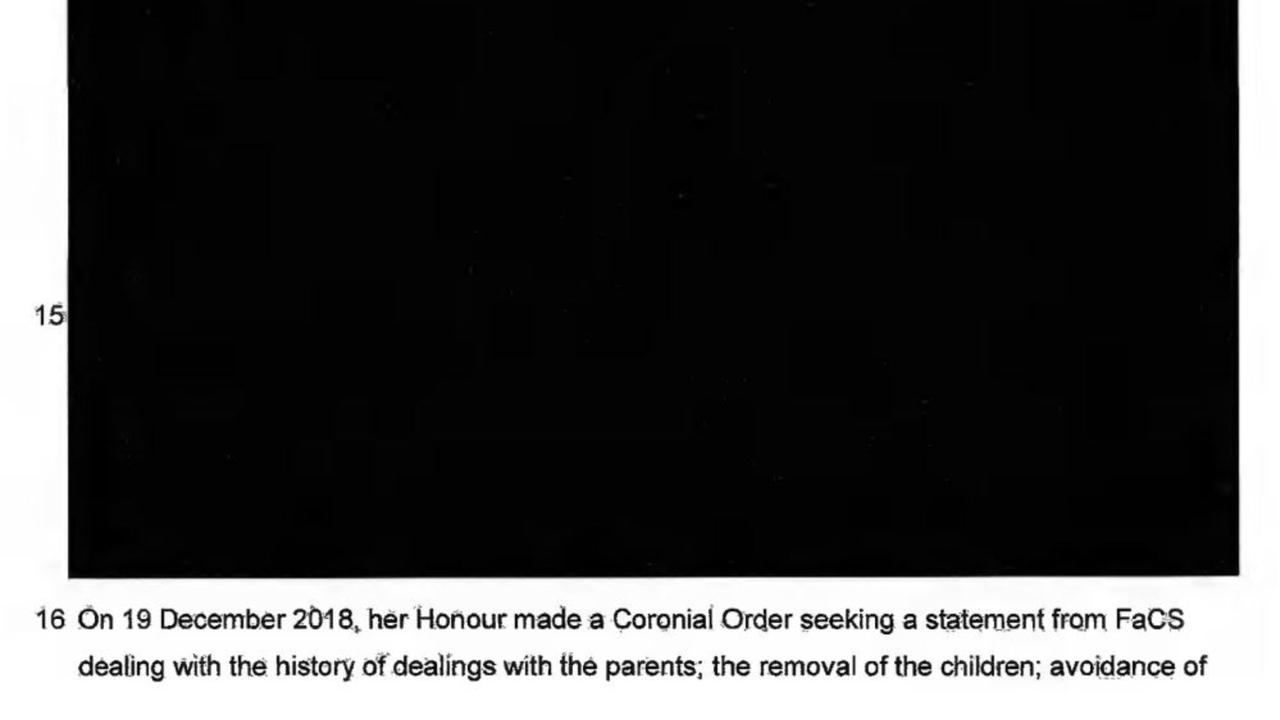
The coroner has also refused to call Mr Laidlaw as a witness, suggesting deep disagreement between the police and coronial team, who would normally work closely together to find out what happened to the missing boy.
The deputy state coroner, Harriet Grahame previously rejected a written request from the police force that she step down from all inquests involving police, including the hearing into William’s September 2014 disappearance.
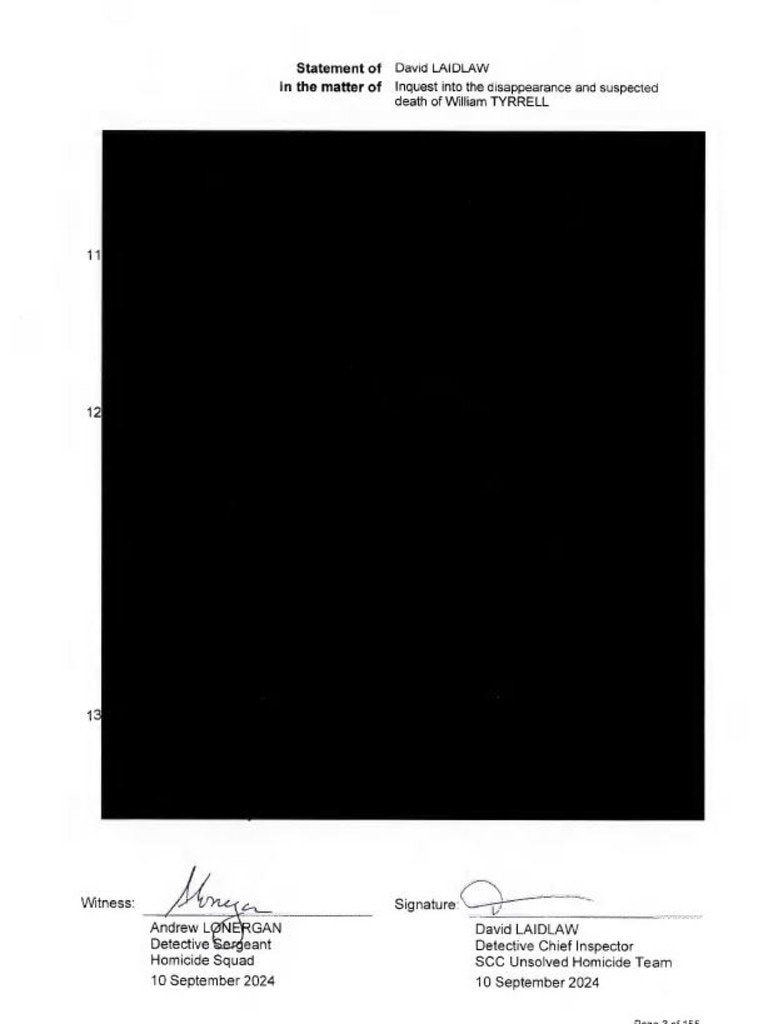
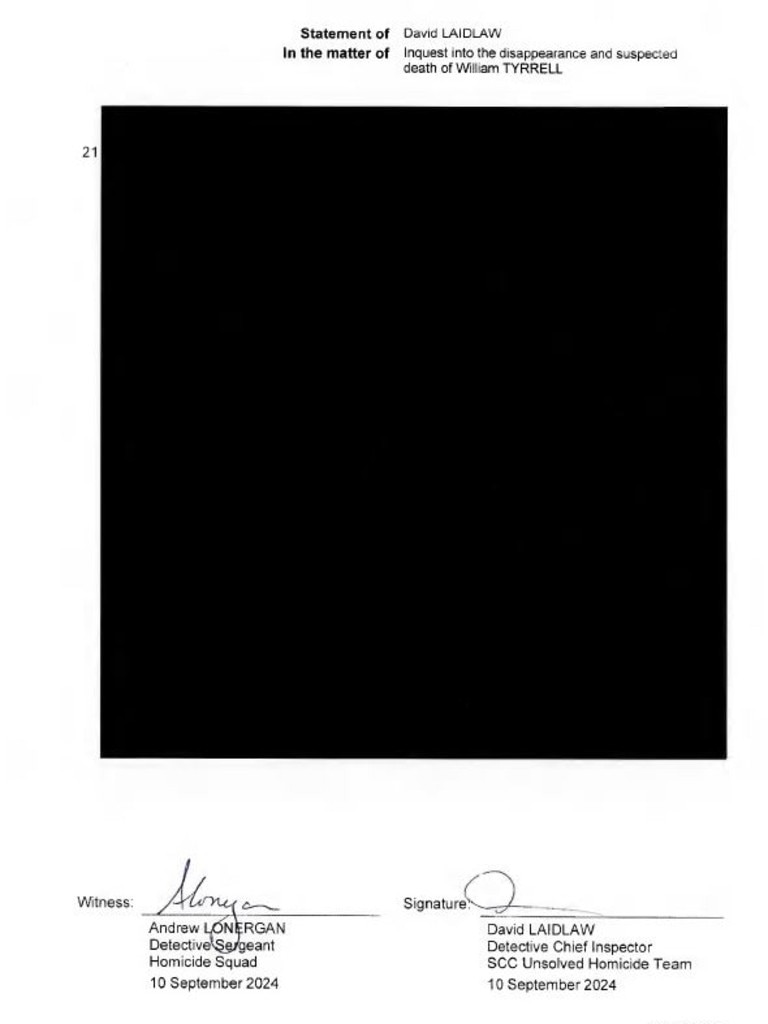
Ms Grahame declined to call William’s foster mother to give evidence after police said they suspected she was involved in the child’s disappearance - which she denies.
The decision to censor Mr Laidlaw’s statement means little of the police’s thinking on the case over the past four years will now be made public.
The remaining sections do give some clues as to what detectives have been doing since the inquest was due to conclude in October 2020, however.
“All aspects of the circumstances of [William’s] disappearance have been reviewed,” Mr Laidlaw said.

While “several individuals [were] nominated as high-risk persons of interest” at previous inquest hearings, “no evidence has emerged to indicate that any of these individuals were implicated or possess knowledge of William’s disappearance.”
Mr Laidlaw did not say that any of these “high risk persons of interest” have been ruled out as potential suspects.
He said police and the coronial team previously focused on the theory that William was abducted and three cars the foster mother claimed to have seen on the street that morning “were somehow involved in William’s disappearance”.

In contrast, the current strike force focused on William’s foster mother herself.
They obtained additional information about William’s foster care from the NSW Department of Family and Community Services, “which is integral to the investigation,” Mr Laidlaw said.
Police have also done a new interview with the foster carers who looked after William’s sister before he went missing, although the details of this have been blacked out.
A previous police investigation into William’s foster parents “was not considered a priority” Mr Laidlaw claimed, and his team have re-interviewed the detective who led this, although her evidence is blacked out.
His statement does not appear to mention that William’s foster parents were interviewed by detectives at the time as well as being subject to covert surveillance.
Mr Laidlaw said “significant inconsistencies” were identified during this investigation between the evidence of William’s foster mother and her mother, who was also in the house at the time William was reported missing but who died in 2020.
A family member told the Witness: William Tyrrell podcast “One of my Nana’s greatest regrets and what she would say in the moments before she passed away was that she would never know” what happened that morning.
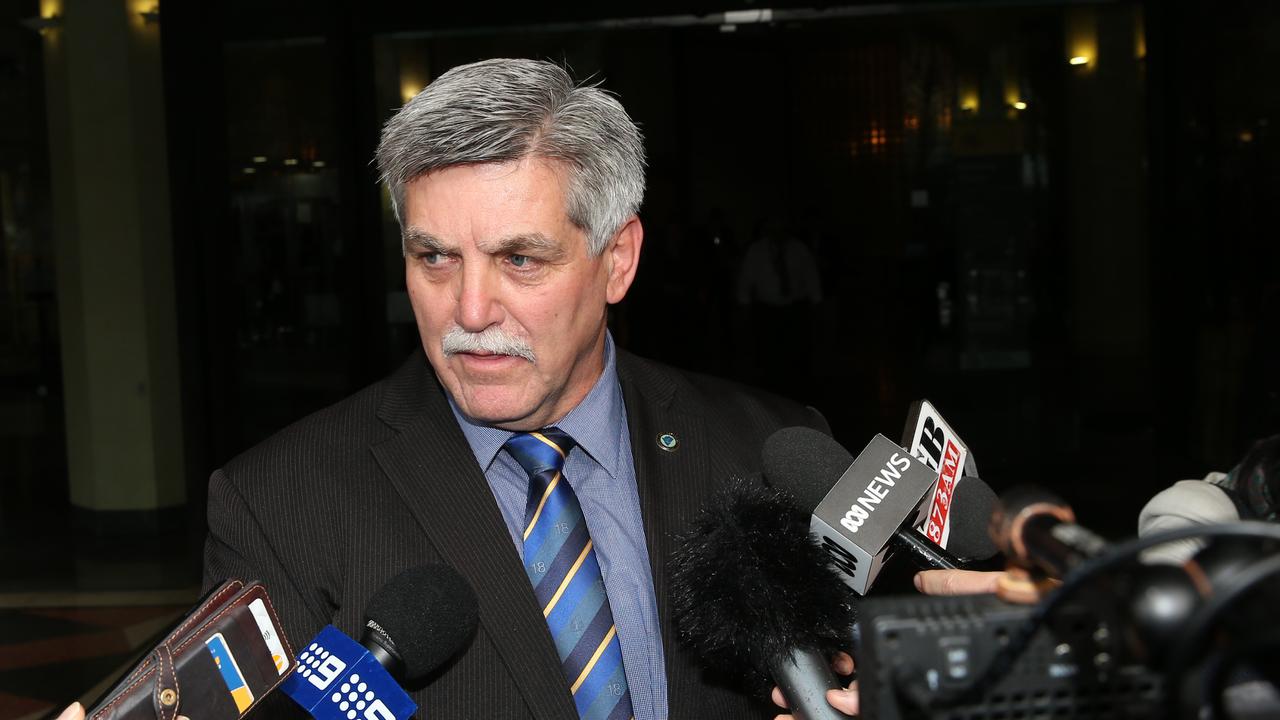
Mr Laidlaw’s statement also relies on several old media reports and interviews with William’s foster parents, and provides transcripts of these, much of which have been blacked out by the coroner.
It also includes evidence from new interviews with friends and family of William’s foster parents, as well as officials involved in his foster care, although the details of these are not visible.
One of the few remaining unredacted passages of Mr Laidlaw’s statement said police have established there was little rain in the three days before William was reported missing on 12 September 2014.
Questioned by police in 2016, William’s foster mother “said it had been raining and the area [was] thick with mud,” his statement reads.
The rainfall data gathered by police shows there was heavier rain earlier that week.
One potentially crucial revelation in Mr Laidlaw’s statement describes how detectives arranged to meet William’s foster mother in 2020 just outside Kendal, on the Mid North Coast of NSW, where William was reported missing.
She told police she had driven down the road to look for William but turned around before reaching a nearby riding school.
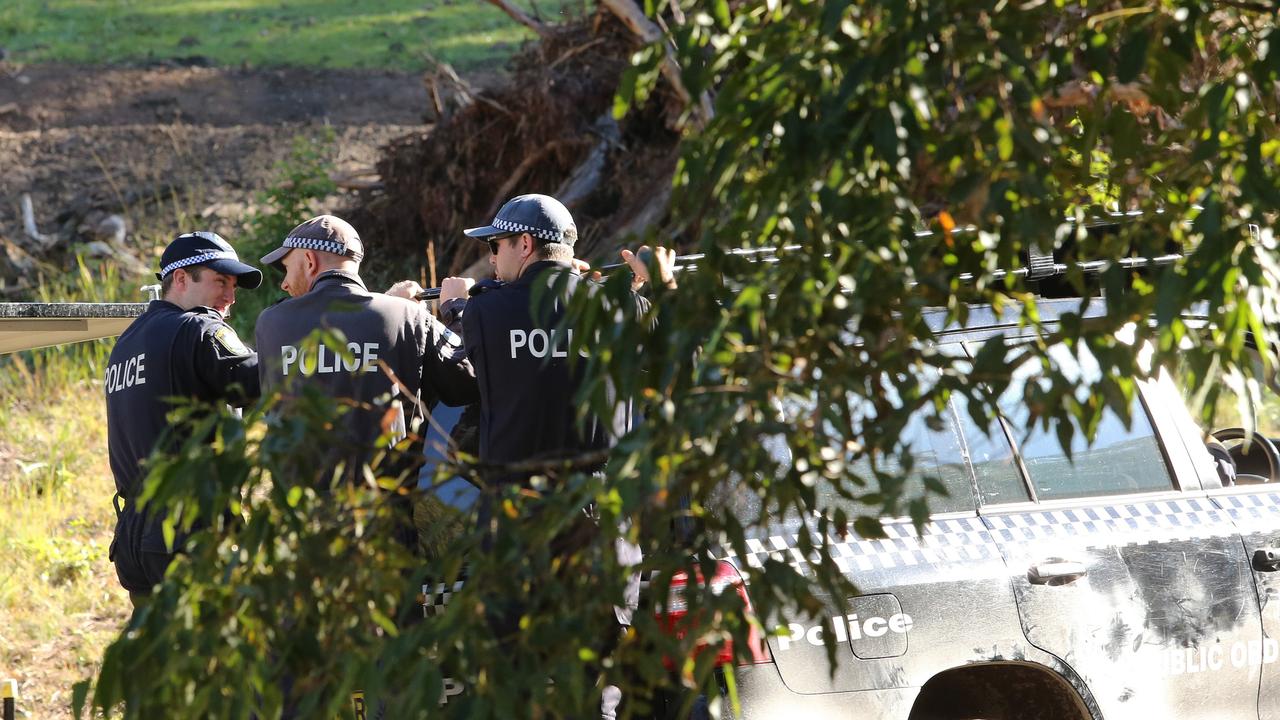
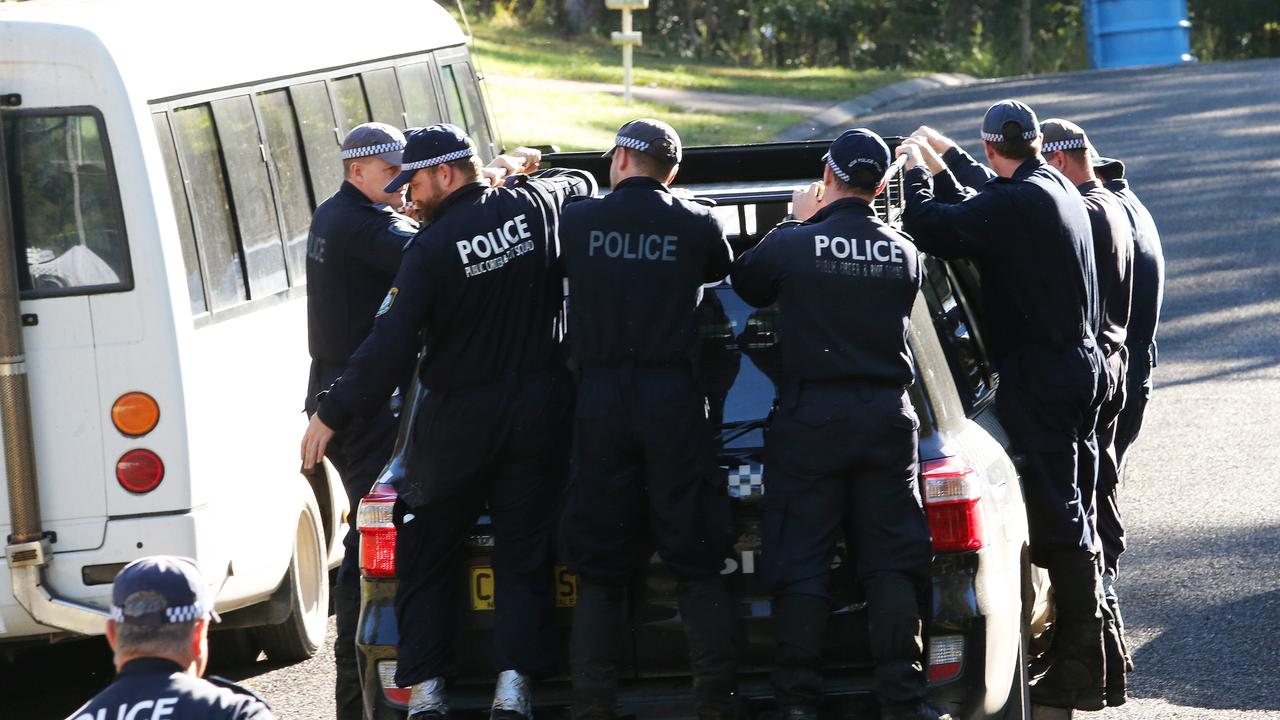
Members of the strike force have previously said in court they believe the foster mother disposed of William’s body at a crossroads in front of the riding school.
The foster mother’s version of events, however, is repeated in phone conversations which were covertly recorded by police, according to Mr Laidlaw’s statement.
William’s body has not been recovered by police, and the inquest has heard police have found no forensic or witness evidence of what happened to him that morning.
Mr Laidlaw’s statement claimed “there is no record” of bins being searched at the time on one of the roads near where William was reported missing.
He also said a forensic anthropologist told police in 2022 that “neither preservation nor disintegration” of William’s remains “can be confidently ruled out … on the basis of information provided by NSW Police.”
Mr Laidlaw has previously given media interviews in which he said “We believe we can identify” the person responsible for William’s disappearance in 2014.
A front-page newspaper story based on a leak from police that they were looking at William’s foster mother, said “Police are now confident they will solve the mystery of the disappearance of the three-year-old boy.”
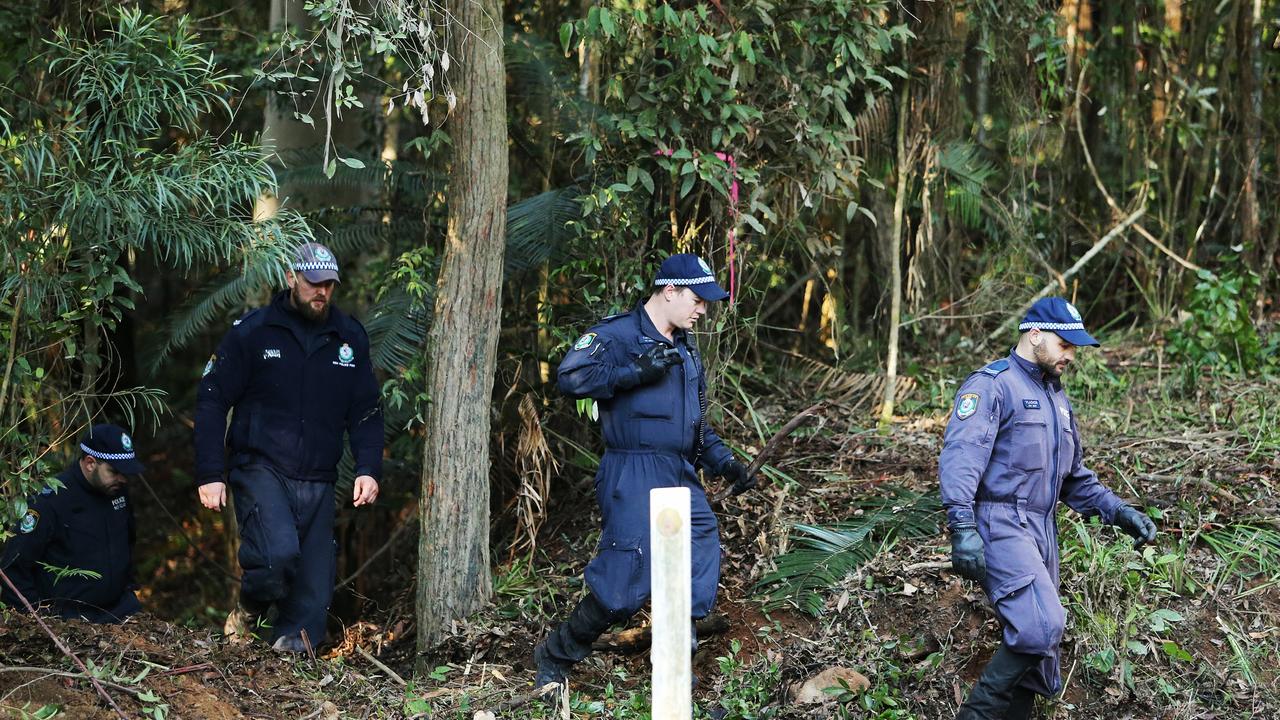
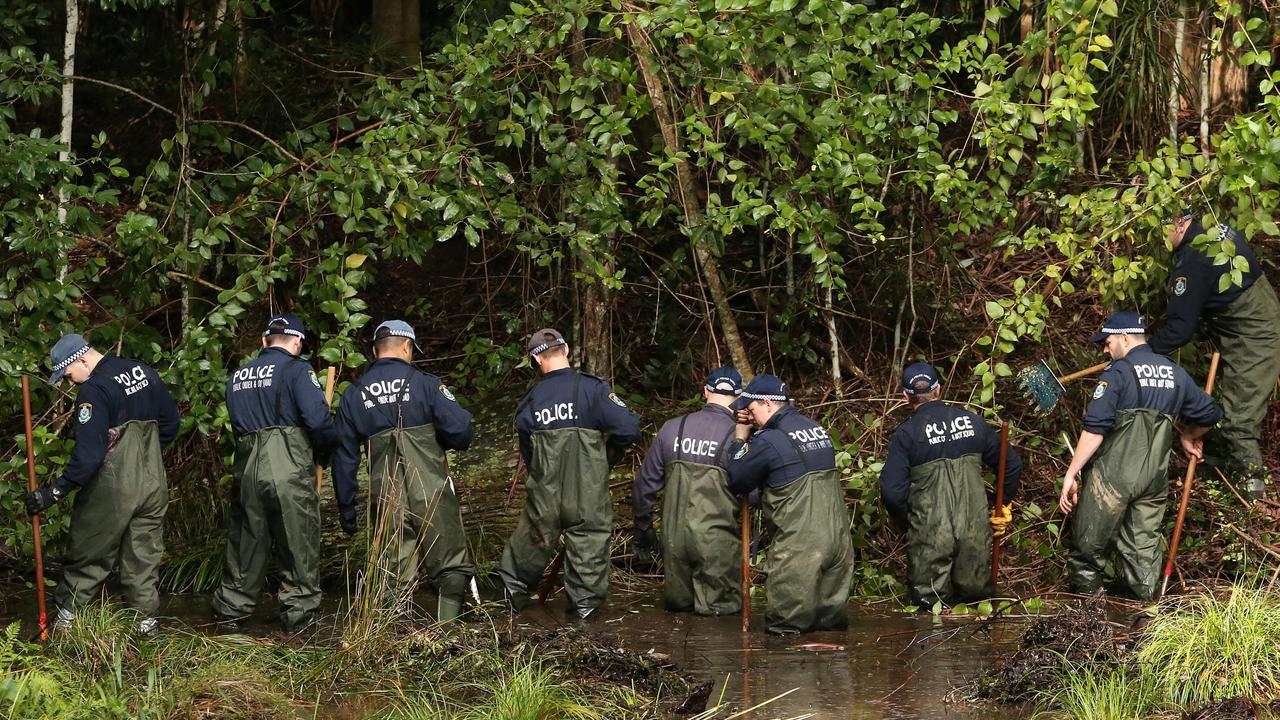
She has repeatedly denied any involvement in what happened to William.
At the last inquest hearing, in November, the senior lawyer working with the coroner, Gerard Craddock SC, explained why Mr Laidlaw’s statement had been “heavily redacted”
“The most simple reason for that is what we wanted was a straightforward recitation of the investigative steps taken since … 2020.
“The statement we’ve been given is … in the form of one persons’ opinions about what evidence shows,” Mr Craddock continued.
“This inquest at this stage is to concentrate on facts.
“Once all of the facts are in” the various parties to the inquest could provide submissions, he said, “so long as they take into account all of the evidence … not of opinions but of proper fact-finding processes.”
The inquest is due to resume next week.





